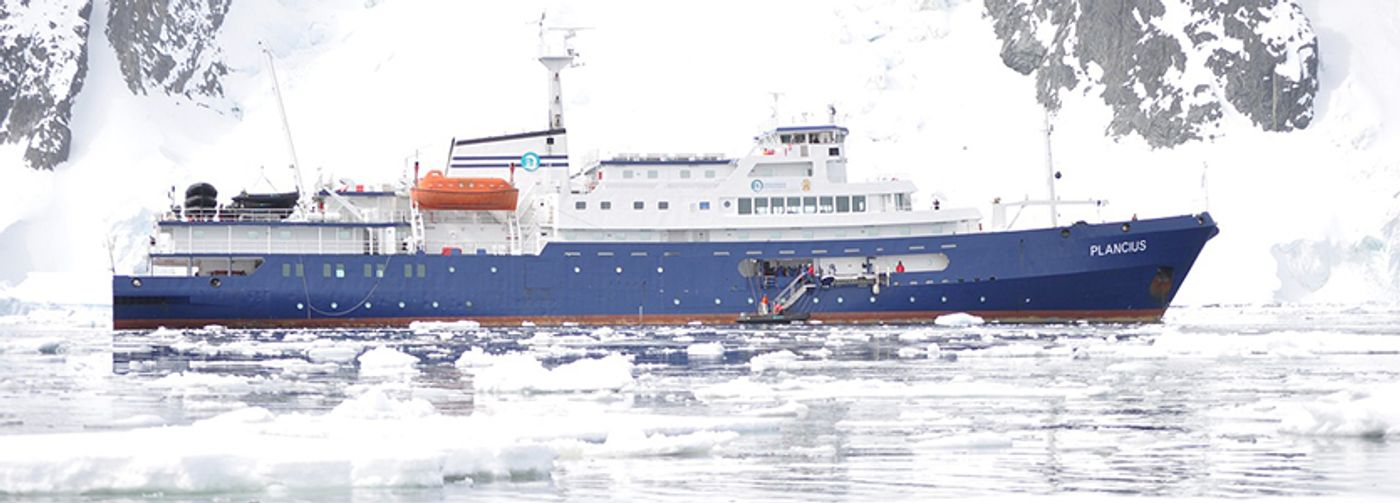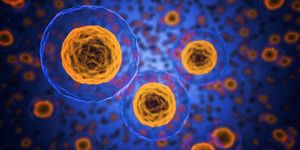Examining Plastic Pollution in Antarctica
While it’s not surprising that plastic pollution is reaching Antarctica, it is undoubtedly alarming considering the remote nature of the region. A press release from the British Antarctic Survey (BAS) highlights two studies recently published in Environment International. According to the press release, both studies feature notably long, continuous datasets representing 30 years of information. These studies are critical to understanding the environmental impacts of anthropogenic marine debris, particularly plastics.
In the first study, scientists from BAS collected marine debris from the beaches of Bird Island (South Georgia) and Signy Island (South Orkneys). From October 1989 to March 2019, they collected more than 10,000 items weighing a total of 101 kilograms. According to the study, plastic represented 97.5% of items collected and 89% of the total mass of the debris. The rest of the trash included fabric, glass, metal, paper, and rubber items.
In the press release, Dr. Claire Waluda, marine ecologist at BAS and lead author of the study, said, “while we found an increase in the quantity of beached plastic debris, recent surveys have shown increasing numbers of smaller pieces.” She suggests this is likely because of how plastic breaks down over time and that many of the plastic pieces have been in the Southern Ocean for quite some time.
Dr. Waluda highlights some good news of the study, stating that the amount of plastic collected on beaches peaked in the 1990s. She said, “our study suggests that the measures to restrict the amount of debris entering the Southern Ocean have been successful, at least in part.”
The second study examined plastic ingestion by three albatross species and giant petrels on South Georgia Island. According to the BAS press release, seabirds often mistake debris as their natural prey, so scientists consider them “sentinels of plastic pollution.” BAS scientists categorized the debris by type, size, color, and origin.
The results of this study showed some overlap in ingested items, but substantial differences as well. The press release states that due to their tendency to scavenge behind South American fishing fleets, wandering albatrosses and giant petrels had higher numbers of food-related wrapping originating from South America. The two smaller albatross species commonly ingested shorter, more rigid plastics such as bottle caps that were packaged in East Asia.
Professor Richard Phillips, seabird ecologist at BAS and lead study author, stated, “our study adds to a growing body of evidence that fishing and other vessels make a major contribution to plastic pollution.” He concludes that more work needs to be done to both improve waste-management practices and compliance of vessels in the Southern Ocean and South Atlantic.
Sources: British Antarctic Survey (Press Release), BAS Study (1), BAS Study (2)











